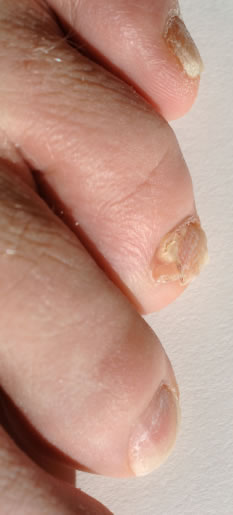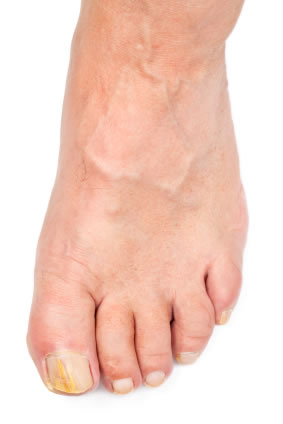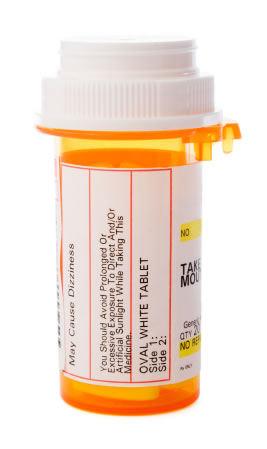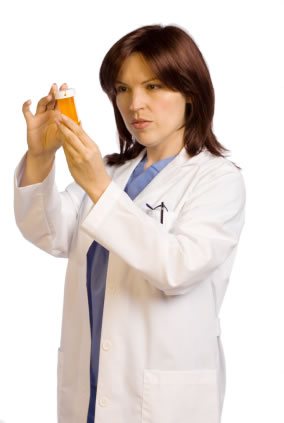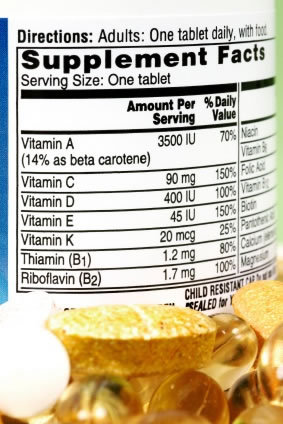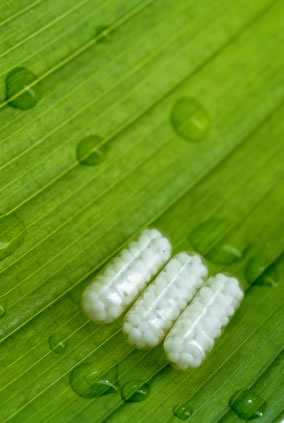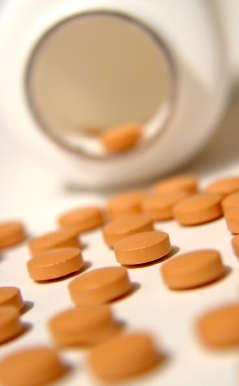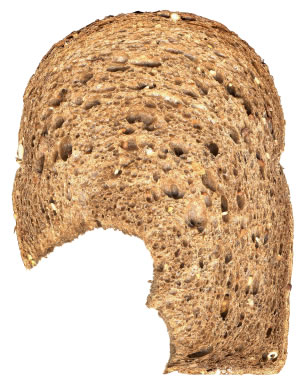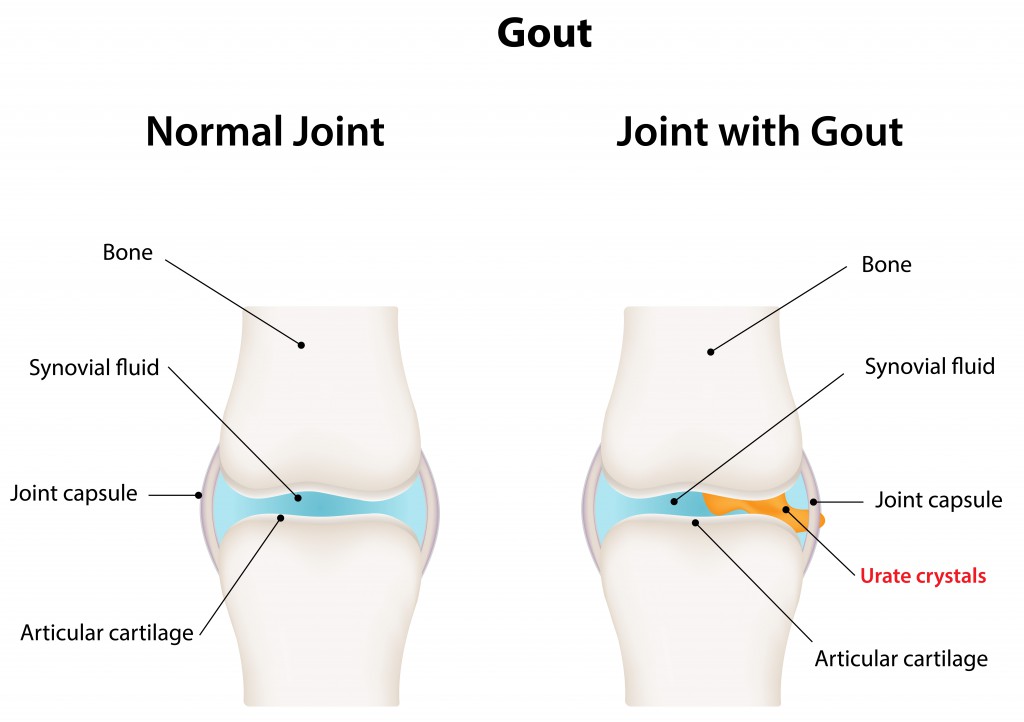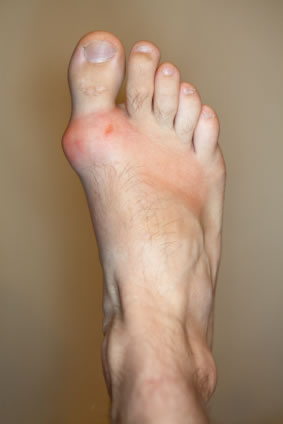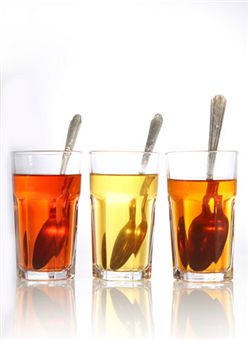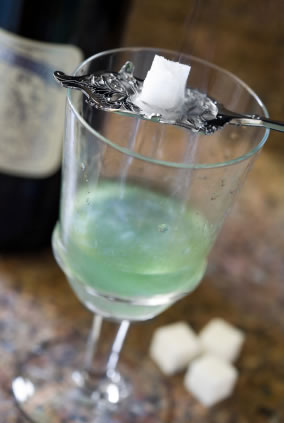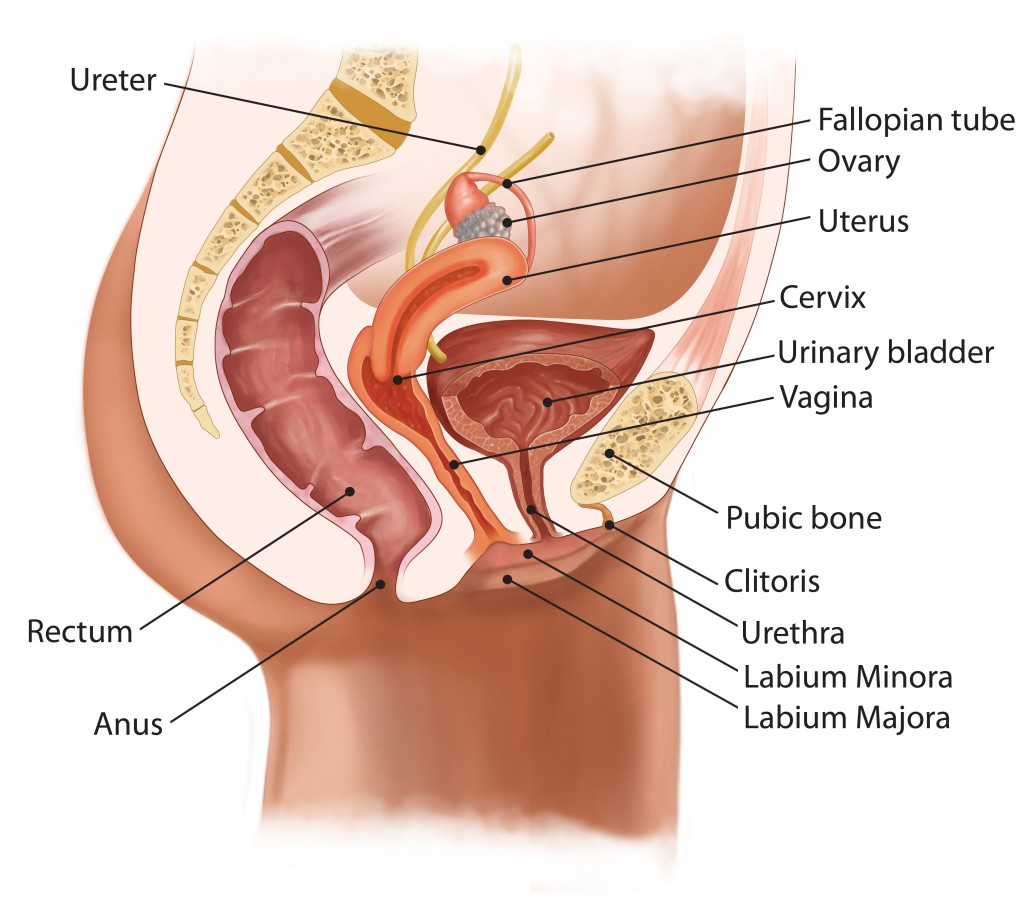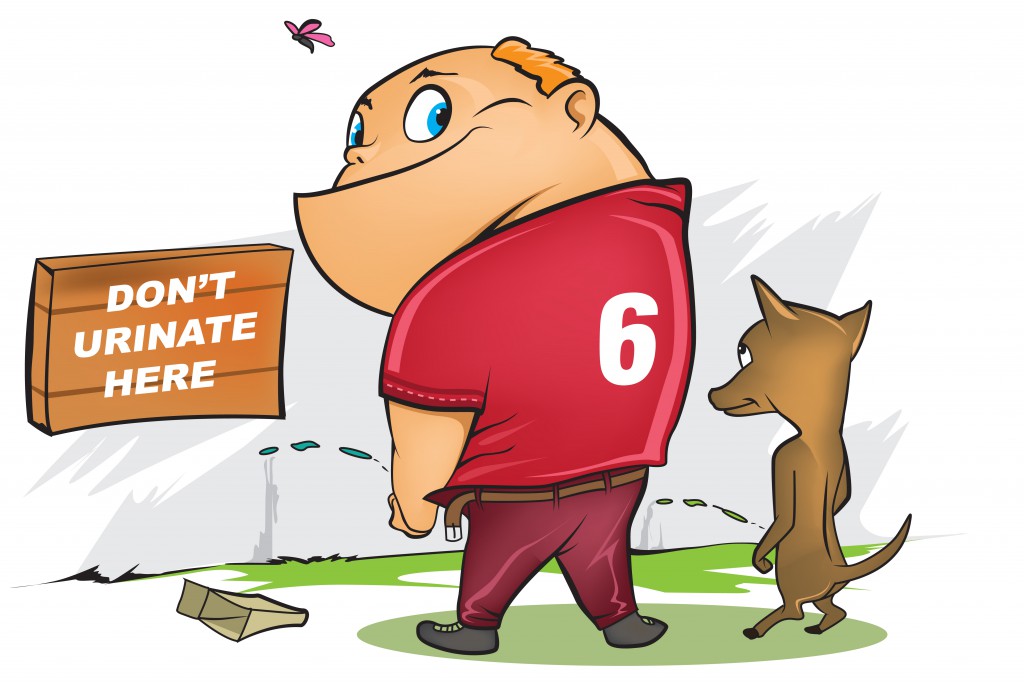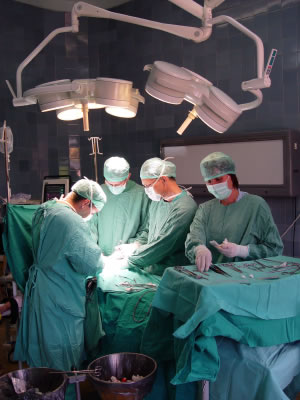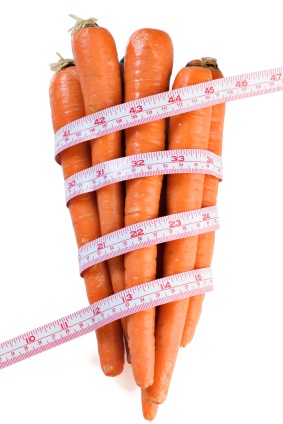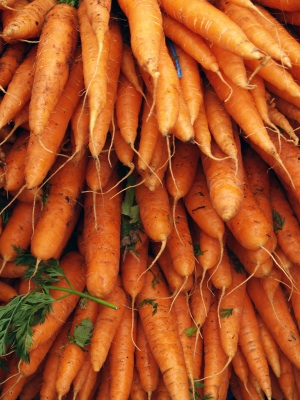When the sebaceous glands produce too much oil, it can get trapped under the skin, combine with dead skin cells, and clog the pores. When this happens, bacteria can build, and cause inflamed, puss-filled bumps known as pimples, zits, or acne.
Teenagers are prone to pimples because of their overactive hormones during puberty. And women are more likely than men to get pimples because of the hormonal changes that happen during menstruation, and pregnancy. But these unsightly bumps can affect children as young as 10, and adults well into their forties.
There is no single cause for pimples; this skin condition can be the result of many combined factors. Some of these zit-causing reasons include hormones, exposure to oils, stress, using the wrong skincare products, and pressure from wearing helmets or chinstraps. Medications such as those containing lithium, iodides, steroids, and bromides can also contribute to pimples, and worsen existing breakouts.
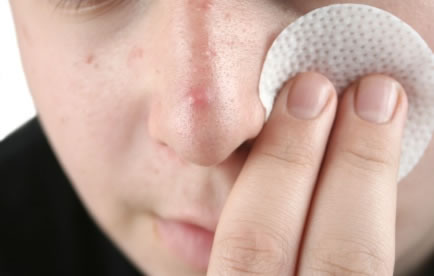
Pimple breakouts can range in severity, and since everyone’s skin is different there is no one size fits all method for zapping zits. A combination of lifestyle changes, medications, and natural home remedies can be used to clear existing breakouts and prevent new ones from occurring.
Drug Treatments for Pimples
Over the counter creams, cleansers, and gels that contain benzoyl peroxide and salicylic acid are the most commonly used topical medicines for treating mild breakouts. Salicylic acid is a beta hydroxyl acid that promotes rapid shedding of the skin cells. This acne-fighting ingredient also neutralizes bacteria, and constricts pore diameter to reduce pore blockage. Salicylic acid can cause irritation, dryness, peeling, burning, and stinging of the skin. Using other acne-fighting ingredients with salicylic acid can increase burning.
Benzoyl peroxide is an organic compound that acts as a peeling agent to increase skin turnover, clear pores, and reduce bacteria count. The most common side effect of benzoyl peroxide is irritation, and drying of the skin. After a week of using products that contain benzoyl peroxide, the skin builds a tolerance and the drying, and irritation will usually subside.
Less common side effects of benzoyl peroxide include burning, swelling, itching, and peeling. This acne-fighting ingredient can bleach hair, and clothes, so it should be applied with care. Although creams, gels, and cleansers that contain salicylic acid and benzoyl peroxide are available over the counter, pregnant women, and women who are nursing should consult a doctor before using them on their skin.
Simple Breakouts and Antimicrobials
Unfortunately, severe pimple breakouts are not easy to get rid of with over the counter medicines. These types of breakouts usually require the help of a dermatologist. A dermatologist will evaluate the skin, and determine the best way to heal current breakouts, prevent new ones from forming, and reduce the risk of scarring.
Dermatologists commonly prescribe topical antimicrobials, topical retinoids, or oral antibiotics to treat pimples. These medications can be prescribed alone, or in several combinations to improve their effectiveness.
Topical antimicrobials inhibit the population of the p.acnes bacteria, and promote healing of breakouts. Common types of antimicrobials prescribed by dermatologists include:
Azelaic acid
Azelaic acid occurs naturally in the skin and is used to treat both inflammatory and non-inflammatory acne. Side effects of this drug include dryness, and lighting of the skin.
Clindamycin
Clindamycin is a semi-synthetic antibiotic that treats acne. Side effects of this drug include skin dryness, and irritation. Since clindamycin is a topical antibiotic, there is a chance of bacterial resistance if it is not used as directed.
Erythromycin
Topical erythromycin is an antibiotic that is usually combined with benzoyl peroxide to increase effectiveness. Side effects of this drug include drying of the skin, and irritation. Use erythromycin as directed to reduce the risk of bacterial resistance.
Sodium sulfacetamide
Sulfacetamide is usually used to treat inflammatory acne. This drug opens clogged pores, and kills bacteria. The smell, and grittiness of products containing sulfur is strong, and may not appeal to users.
Benzoyl Peroxide
Although benzoyl peroxide can be found in drug stores, dermatologists may find it necessary to prescribe stronger concentrations of this medicine to treat pimples.
Topical retinoids are a derivative of vitamin A. These retinoids work to unclog pores, and prevent pimples from forming. Commonly prescribed topical retinoids include:
Tazarotene
Tazarotene is a synthetic retinoid that should not be used by pregnant women due to the increased risk of birth defects. Side effects of this medication can include skin irritation.
Adapalene
Adapalene is a synthetic retinoid that acts as an anti-inflammatory. Side effects of this drug include skin irritation, and dryness.
Tretinoin
Tretinoin is a natural retinoid that can effectively unclog pores. This drug is very harsh on the skin. Side effects include dryness, irritation, redness, burning, itching, and scaling. Some of these side effects can be minimized by reducing the amount of medication applied to the skin.
Oral Antibiotics
Oral antibiotics are effective at treating persistent acne. When taken orally, antibiotics reduce the p.acnes population, and reduce inflammation to promote healing of pimples. Antibiotics are not typically prescribed for more than six months; if overused, these drugs can cause resistance to bacteria. Commonly prescribed oral antibiotics include:
Erythromycin
When taken internally, erythromycin can cause irritation of the gastrointestinal tract.
Tetracycline, Doxycycline, and Minocycline
These drugs are effective at reducing inflammatory pimples. Tetracycline, and derivative drugs affect the development of bones and teeth, so they should not be used by children under the age of eight, and pregnant or breastfeeding women. Doxycycline is especially effective at treating inflammatory acne. In addition to skeletal damage in children, doxycycline can cause sun sensitivity.
Sometimes pimples can start deep in the skin, and form cystic acne. Cystic acne is the most difficult type of breakouts to treat. If cystic pimples are not treated properly they can become severely inflamed, rupture, and cause permanent scarring of the skin. In cases such as these, dermatologists may need to administer inter-lesional corticosteroid injections to reduce inflammation and promote healing. Skin doctors can also drain, and extract puss from large cysts to speed healing.
Isotretinoin
Isotretinoin is a man-made retinoid used to treat cystic acne that does not respond to other medications. This drug is taken in pill form up to twice a day for 16 to 20 weeks, and the results can last for years. Isotretinoin is used hesitantly due to the long list of serious side effects. One such side effect includes the possibility of severe birth defects in developing fetuses.
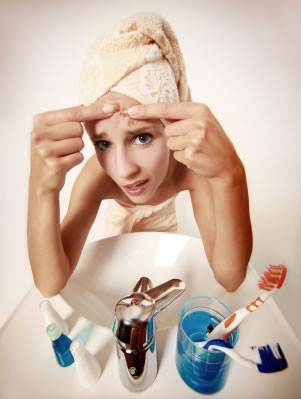
Women who use isotretinoin should use two forms of birth control for one month before starting the drug, during the entire treatment, and one month after treatments end. Women should not breastfeed while taking isotretinoin, and they should talk to a doctor to get an all clear before getting pregnant after taking the drug.
Other Side effects of Isotretinoin Include:
- severe chest pain
- severe abdomen pain
- blurred vision
- dizziness
- severe headaches
- bone pain
- joint pain
- nausea and vomiting
- rectal bleeding
- diarrhea
- depression
- skin dryness
- dryness of the eyes
- dryness of the nose
- hair loss
These topical retinoids, topical antimicrobials, and oral antibiotics are approved for use in the United States, and may not be regulated for use on pimples in other countries.
Oral contraceptives regulate hormones, and keep oil glands under control, so they may also be prescribed as a way to reduce breakouts in women. Oral contraceptives may not be appropriate for women over the age of 35, those who have blood clotting disorders, and women who smoke.
Natural Remedies for Pimples
Drug treatments are not the only way to manage pimples; natural treatments can also be used for mild cases. Natural treatments may take longer to work, but they are cheaper than medication, and less likely to cause adverse side effects. Here are some home treatments that can be used to banish pimples from the skin.
Tea tree oil “ tea tree oil has antiseptic properties that can reduce acne-causing bacteria and clear acne blemishes. Tea tree oil should not be used at full strength. Instead, mix 5 percent tea tree oil with 95 percent water. You can also purchase premixed ointments from health food stores, or online vendors.
White vinegar and garlic juice mix “ vinegar regulates PH levels in the skin, and garlic has antibacterial and antimicrobial proprieties that kills infections, and helps repair skin. Use a juicer or cheesecloth to extract the juice from two cloves of garlic, and add two tablespoons of vinegar. Use a cotton ball to apply the mixture to affected areas. Let the vinegar, and garlic sit for 20-minutes, and rinse it off with warm water.
Steam facials “ steaming the face three times a week for 15-minutes per session can unclog pores, and release oil, and dirt form the skin.
Oatmeal facial “ oatmeal tones the skin, soothes irritation, and pulls impurities from the pores. Use a blender to crush oatmeal into a fine powder. Add a little warm water to the oatmeal powder, and mix. Apply the oatmeal to the face, let it dry, and then rinse it off with warm water.
Grapefruit seed extract “ grapefruit seed extract has antiviral and antibacterial properties that can kill bacteria, and heal acne. Mix three drops of grapefruit seed extract with one tablespoon of water. Apply the mixture to pimples with a cotton ball.
Lifestyle Changes to Prevent Pimples:
Although there is no single cause of pimples, lifestyle factors can play a role in breakouts. Here are some things you can do to reduce the likelihood of clogged pores, bacteria, and oil buildup.
Keeping Your Face Clean
Wash your face twice a day with a soft washcloth, and a mild cleanser. Avoid using harsh scrubbing sponges on the face because this can cause irritation, and injury to the skin.
Keep your hands out of your face. Popping or picking at pimples can transfer dirt and bacteria, increase inflammation, and worsen breakouts. On those rare occasions when you have to touch your face with your hands, wash them first.
Washing Pillowcases
Keep pillowcases, and sheets washed regularly to keep dirt, bacteria, and oil from building up, and transferring to your face. Wash hair regularly, and don’t use oily products on the hair.
Exercise
Exercise for at least 30-minutes a day. Regular exercise can decrease breakouts by reducing stress, and regulating hormones. Sweating also slows down the production of oil in the glands, and reduces the likelihood of pimples.
Make Up & Cosmetics
Switch to cosmetic products labeled, Noncomodegenic or Oil-Free. These types of cosmetics reduce the likelihood of allergic reactions, and clogged pores.
Use clean makeup sponges to apply makeup. And wash makeup brushes regularly to prevent the transfer of bacteria.
A face full of pimples can cause you to shy away from social situations. But having zits is not the end of the world. With the wide range of medicines and natural treatments available, embarrassing breakouts can be effectively managed.

